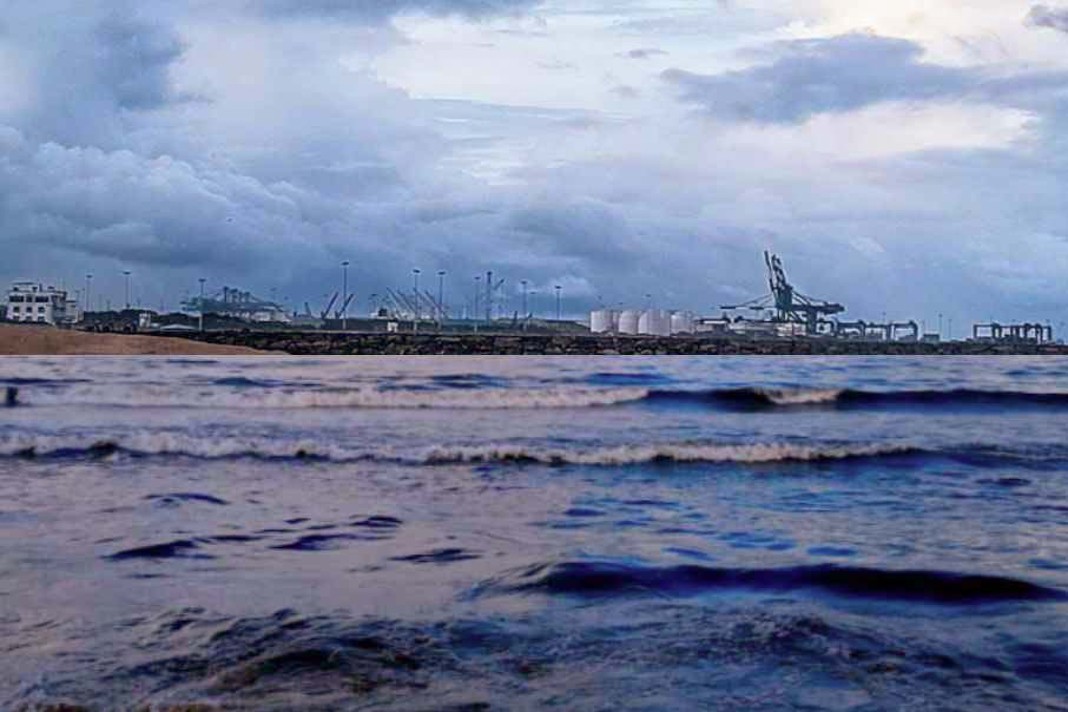- Bio-LNG prices range from $21/Gj to around $60/Gj depending on GHG savings
- 30% increase in biomethane-producing facilities since 2021: EBA
Bio-LNG bunker fuel is emerging as a crucial element in supporting LNG’s future within the context of increasingly stringent maritime emissions regulations. Despite its infancy, the bio-LNG bunkering market is gaining significant attention as shipping companies look for sustainable solutions to meet emissions targets. High initial prices pose a challenge, but the industry anticipates that increasing biomethane production and stricter emission regulations will drive costs down, making bio-LNG a more viable alternative, reports SP Global.
Bio-LNG prices
The Bio-LNG bunker fuel market, although in its early stages, is positioned to play a pivotal role in the future of LNG as a marine fuel. The industry’s interest in bio-LNG has been piqued by its potential to help meet stringent emissions targets, particularly following landmark agreements like Hapag-Lloyd’s tender for biomethane supply in 2025-2026. This tender, resulting from a joint initiative by the Zero Emission Maritime Buyers Alliance (ZEMBA), will see Hapag-Lloyd use biomethane produced from manure, compliant with the EU’s Renewable Energy Directive, to fuel its ships on the Singapore-Rotterdam route. Industry sources estimate that the tender could involve around 250,000 metric tons of bio-LNG being bunkered, highlighting the market’s growing scale.
Despite the optimistic outlook, high prices remain a significant barrier. Bio-LNG prices vary widely based on feedstock and Green-House-Gas (GHG) savings, ranging from around $21.03 per gigajoule (Gj) for bio-LNG with 89% GHG savings to approximately $60.085 per Gj for 200% savings. In comparison, traditional LNG bunker fuel in Rotterdam is assessed at $11.901 per Gj, and 0.5% Marine Fuel at $14.268 per Gj. This disparity makes shipowners hesitant to adopt bio-LNG, preferring to pay penalties for non-compliance with emissions regulations instead.
However, the industry expects this dynamic to shift as emission regulations become more stringent. The European Union’s Emission Trading Scheme (ETS) is a case in point, requiring shipping companies to cover an increasing percentage of their emissions with allowances—40% in 2024, 70% in 2025, and 100% from 2027 onwards. As the cost of conventional fuels rises due to these allowances, bio-LNG is projected to become more competitive. Additionally, large-scale biomethane production is expected to drive down bio-LNG costs by approximately 30% to around $20 per Gj by 2050, according to SEA-LNG, an industry coalition group.
The growth of biomethane production facilities also supports this trend. The European Biogas Association (EBA) reported a 30% increase in such facilities since 2021, with over 75% connected to transport or distribution grids. This expansion is crucial for scaling bio-LNG production and reducing costs. SEA-LNG has identified bio-LNG as one of the most cost-effective alternative marine fuels, cheaper than biomethanol and electrofuels like e-ammonia and e-methanol.
Infrastructure plays a critical role in bio-LNG’s potential. Existing LNG infrastructure can be utilized for bio-LNG, and LNG engines generally require minimal modifications to accommodate the fuel. With around 58 LNG bunkering locations in Northwest Europe, the region is well-positioned to integrate bio-LNG into its maritime fuel offerings. This compatibility enhances bio-LNG’s appeal as a transitional fuel for the shipping industry, helping to meet emission reduction goals.
In conclusion, while the bio-LNG bunkering market faces challenges, particularly regarding high prices, its potential as a sustainable and cost-effective marine fuel is significant. The combination of increasing biomethane production, stricter emission regulations, and the adaptability of existing LNG infrastructure positions bio-LNG as a key player in the future of maritime fuel. As the industry navigates these early stages, the Hapag-Lloyd tender is likely the first of many steps towards a greener maritime sector.
Did you subscribe to our daily Newsletter?
It’s Free! Click here to Subscribe
Source: SP Global



















